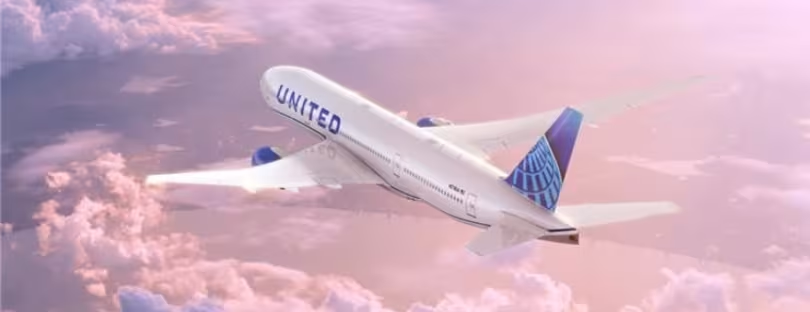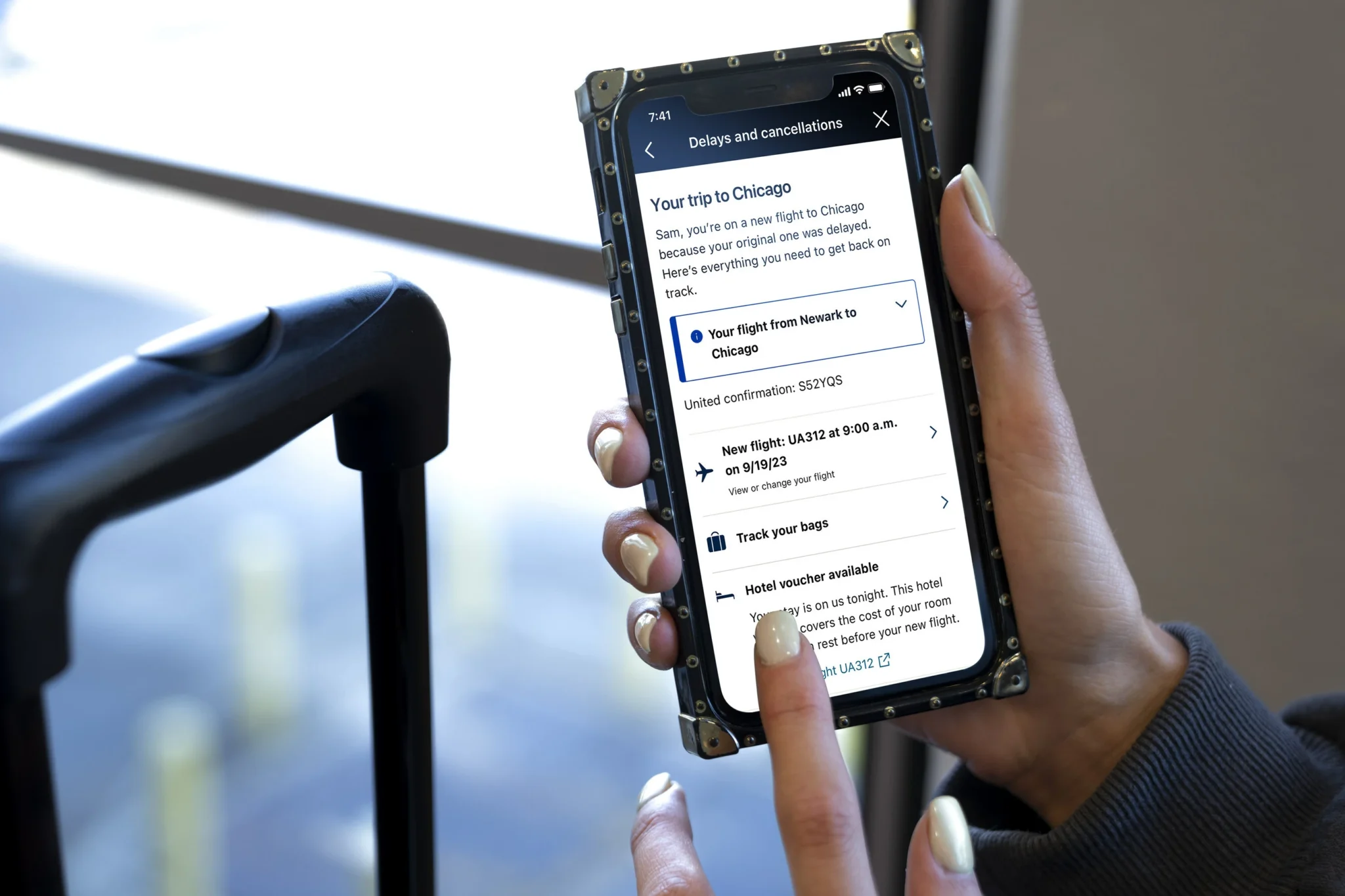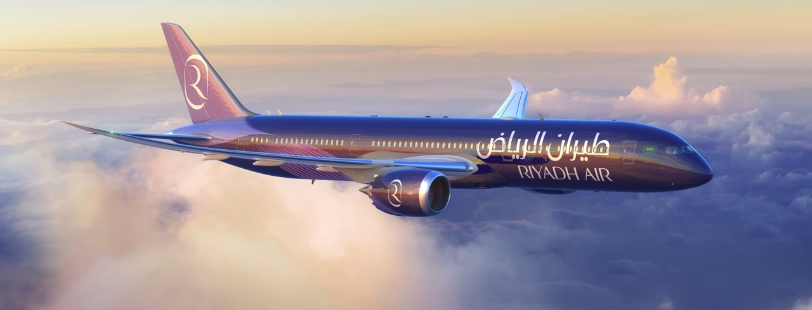
United and CBP Pilot Remote Baggage Screening on International Connections
For decades, one of the most frustrating quirks of international travel to the U.S. has been the dreaded baggage re-check. No matter how far you’ve flown, connecting passengers almost always have to collect their checked bags, drag them through customs, and then queue up again to hand them back to the airline. Now, United Airlines and U.S. Customs and Border Protection (CBP) are finally testing a way to make that pain point disappear.
United has quietly rolled out International Remote Baggage Screening (IRBS) on its daily Sydney–San Francisco route. For passengers connecting beyond San Francisco, that means no more baggage carousel chaos, no more lugging suitcases through customs, and no more re-check counters. Instead, your bag goes straight to your final destination—unless CBP specifically wants to take a closer look.
Here’s how the process works for connecting passengers on the Sydney to San Francisco flights:
- Check bag at SYD – Travelers drop off checked bags as usual with an agent at the check-in counter in the lobby.
- Arrive at SFO – Passengers connecting on a flight to another destination go to CBP for customs, immigration and agriculture inspections and then head directly to the Transportation Security Administration (TSA) for security screening – removing the step for these travelers to pick-up checked bags at baggage claim and re-check them to their final destinations, unless specifically referred by CBP for further inspection. As the flight is heading to the United States from Sydney, United, CBP and TSA work together to screen checked bags and once the flight arrives, the bags are loaded onto connecting flights.
- Pick-up at final destination – Travelers simply pick-up their baggage at baggage claim at their final destination and head on their way.
“We’re streamlining the international arrival process by eliminating extra steps for travelers to pick-up and re-check their bags on connecting flights,” said Jennifer Schwierzke, United’s Vice President of Customer Operations Strategy and Execution.
“Together with CBP, we’re testing this new process on routes between Sydney and San Francisco and plan to expand to additional international routes in the months ahead.”
United says more than 160 passengers per Sydney flight have already used the system, saving up to 45 minutes on their connection. That time can be the difference between sprinting through terminals or having a relaxed coffee before boarding.
Industry Partnerships Behind the Scenes
This isn’t just a United-only operation. The airline has partnered with Sydney Airport, BagCheck, and Brock Solutions, companies specializing in baggage logistics and tracking. It’s a telling sign that remote baggage inspection isn’t just about convenience—it’s also about modernizing how bags are handled in an era of tight schedules and global traffic growth.
Sydney Airport CEO Scott Charlton called the move “a win for passengers,” noting that the SYD–SFO service is one of the busiest long-haul corridors out of Australia.
A Broader Push to Smooth Connections
United has been investing heavily in the “connection experience.” Earlier this year, it updated its app to give travelers real-time gate-to-gate directions, walking times, and even alerts when its ConnectionSaver technology holds flights for tight transfers. The carrier says more than 3.5 million people have already used the new tools, with a 95% success rate in making connections.
Why This Matters – and What Competitors Are Doing
United isn’t alone in trying to reinvent the connection process. Delta has experimented with biometric boarding and facial recognition at hubs like Atlanta, while American has leaned into RFID tracking for bags. But the U.S. baggage re-check requirement has remained stubbornly in place for all three carriers—until now.
Europe and Asia, by contrast, have long offered more seamless transit models. At hubs like Singapore Changi or Amsterdam Schiphol, checked luggage flows straight through without passenger involvement. The U.S. has lagged due to stricter customs rules, so CBP’s willingness to pilot IRBS marks a potential turning point.
According to IATA, missed connections cost the airline industry billions annually—not just in compensation and rebooking but in damaged customer loyalty. Remote baggage screening directly addresses one of the highest-friction points for international travelers.
The Bigger Picture
If IRBS expands beyond the Sydney–San Francisco route, it could reshape U.S. entry for connecting travelers. Think London–Houston–Miami or Tokyo–Los Angeles–Dallas. For United, which relies heavily on hub connectivity, shaving 30–45 minutes off passenger transfer times is more than a perk—it’s a competitive differentiator.
The real test will be scale. With partners like BagCheck and Brock Solutions providing the tech backbone, CBP will need to prove it can replicate this model at multiple airports without slowing down customs clearance. If successful, the U.S. could finally align with global best practices, where the passenger journey—not regulatory baggage handling—is the priority.










